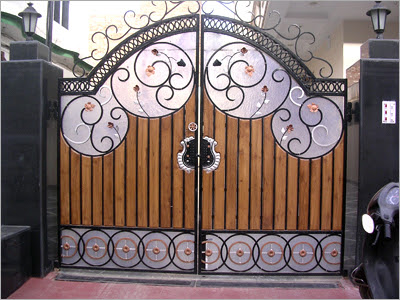A Double Glazed Windows Buying Guide
.jpg) The first step to take if you are considering investing in double glazing, is to take a look at the design of your home. What way are the windows facing, north, south, east or west? And, how big are they? If you live in an area with a warm climate and have windows facing southwards, you must ideally fit windows with heavy glazing and a solar heat gain coefficient of 0.6 or more, therefore making good use of solar heat in cold months, but co-currently they must have an overall heat transfer coefficient of 0.35 or less, reducing heat transfer during the summer. For homes that are located in areas of cooler climates, double glazing with a low solar heat gain coefficient should be installed to the north facing windows and the south facing windows should ideally be shadowed by trees or awnings to reduce the amount of heat transfer from the sun.
The first step to take if you are considering investing in double glazing, is to take a look at the design of your home. What way are the windows facing, north, south, east or west? And, how big are they? If you live in an area with a warm climate and have windows facing southwards, you must ideally fit windows with heavy glazing and a solar heat gain coefficient of 0.6 or more, therefore making good use of solar heat in cold months, but co-currently they must have an overall heat transfer coefficient of 0.35 or less, reducing heat transfer during the summer. For homes that are located in areas of cooler climates, double glazing with a low solar heat gain coefficient should be installed to the north facing windows and the south facing windows should ideally be shadowed by trees or awnings to reduce the amount of heat transfer from the sun.
Also, do not fit windows that have reflective coatings or are tinted as they have a low SHGC (solar heat gain coefficient) and are inefficient at reducing heat gain in the warmer months. Energy efficient choices of products in your home can save you around a third on your energy bill, with similar savings of greenhouse gas emissions, without sacrificing features, style or comfort. This is where the Energy Star ratings come in. Products that come with an Energy Star rating meet strict energy efficiency guidelines set by the EPA and US Department of Energy. It would be sensible to get to know the Energy Star ratings before looking for double glazing windows, so you will be more comfortable with looking at supplier’s selections and making informed, educated decisions. The Energy Star ratings are designed to help you choose windows that will raise the energy efficiency of your house without detracting from the aesthetic benefits that come from sunlight and open-plan floor designs.
